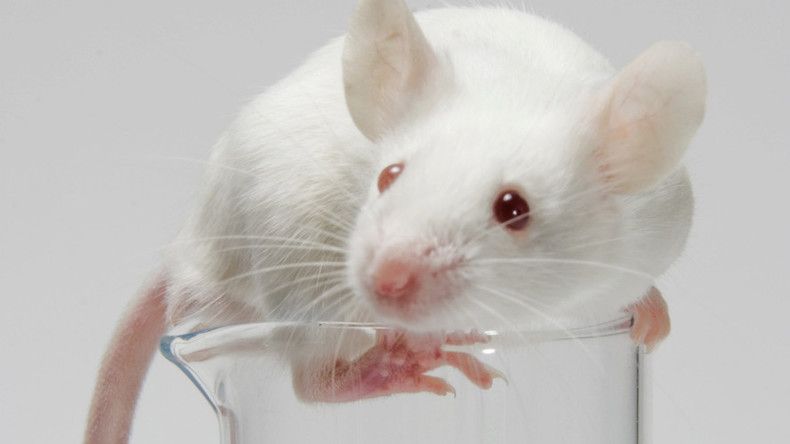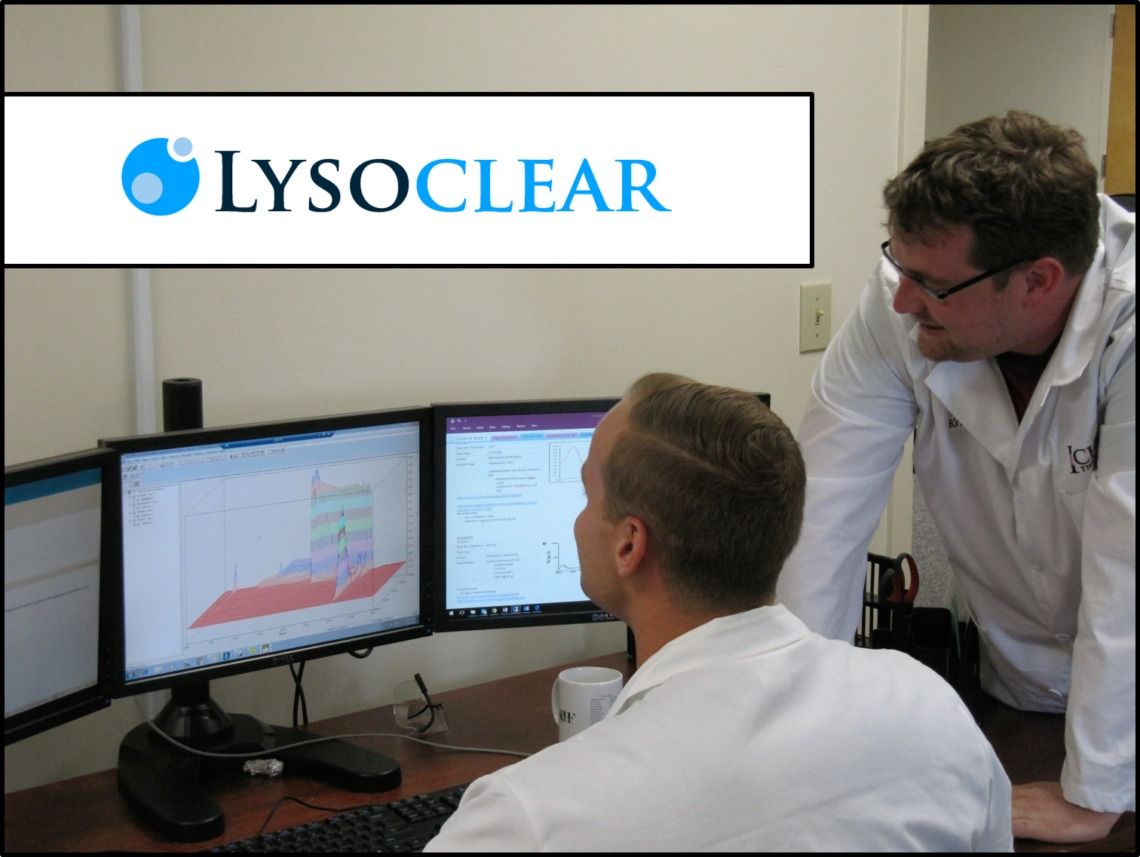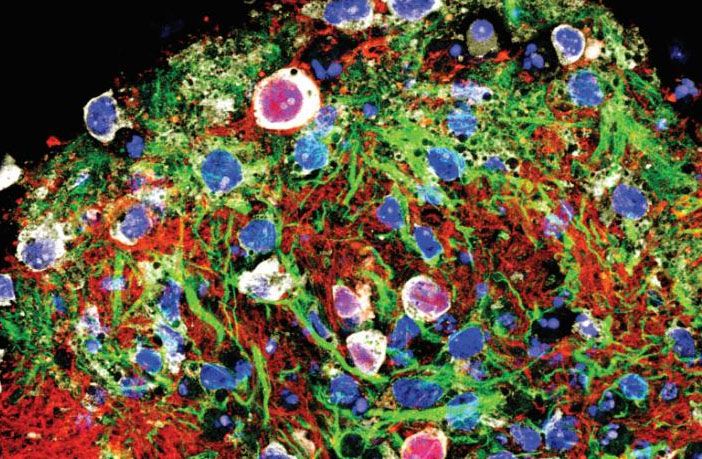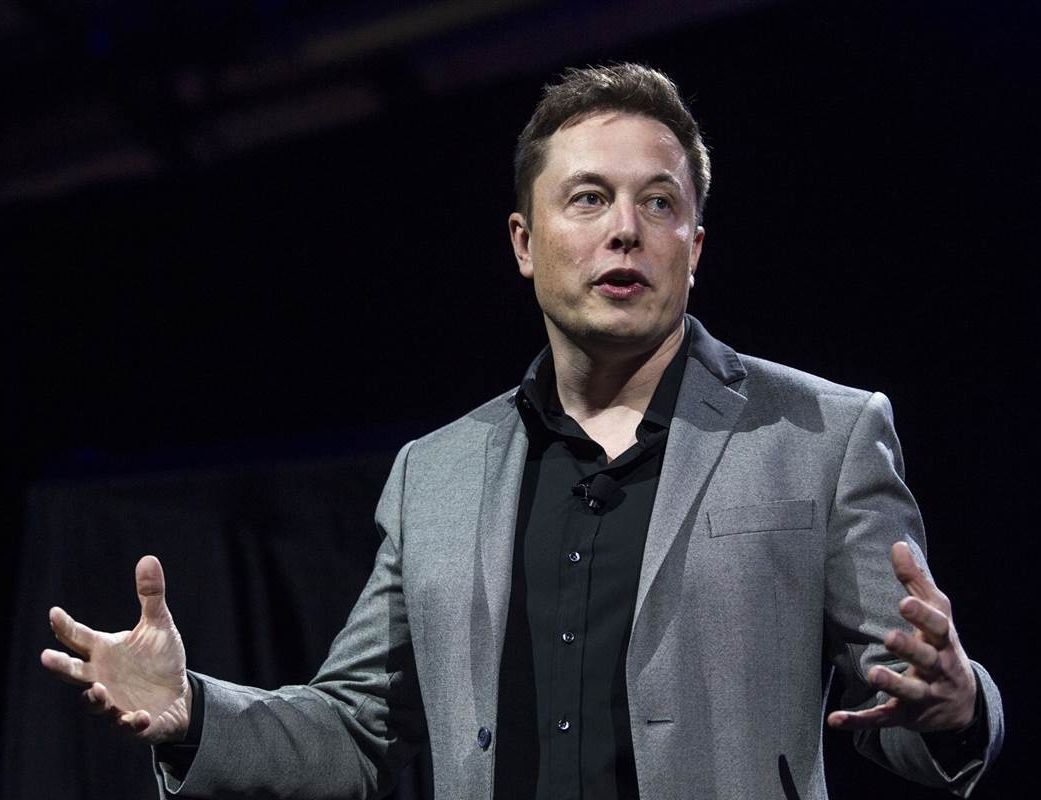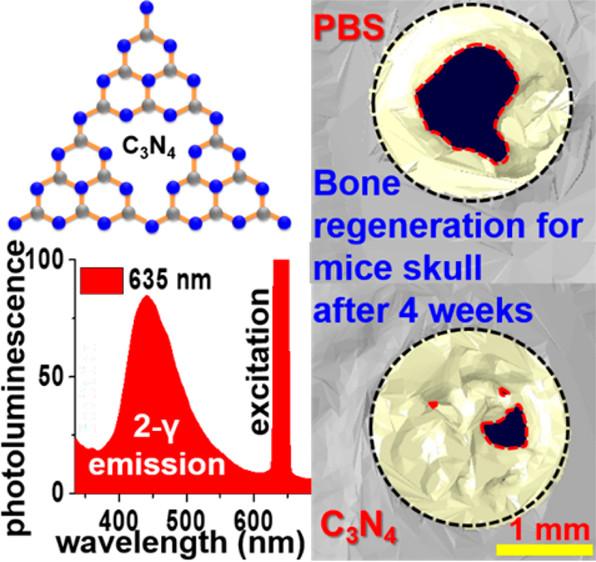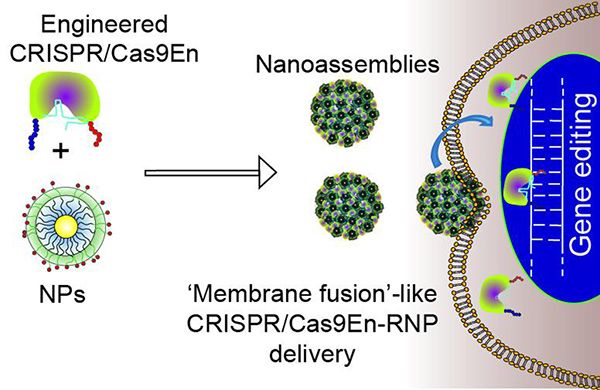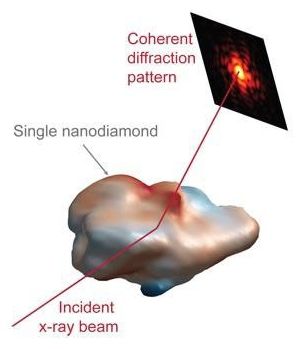Feb 15, 2017
Combination immunotherapies kill brain cancer in mice – study
Posted by Carse Peel in categories: biotech/medical, neuroscience
Scientists have discovered a groundbreaking immunotherapy combination that kills brain cancer, promotes long-term immunity and is highly effective against breast cancer and myeloma.
Researchers at the Children’s Hospital of Eastern Ontario (CHEO) in Ottawa had the promising findings published Wednesday in the journal ‘Nature Communications’.
The study outlines how the team developed a unique combination of drugs known as SMAC Mimetics and immune checkpoint inhibitors (ICIs) that produce high kill rates for cancer tumor cells in mice.
